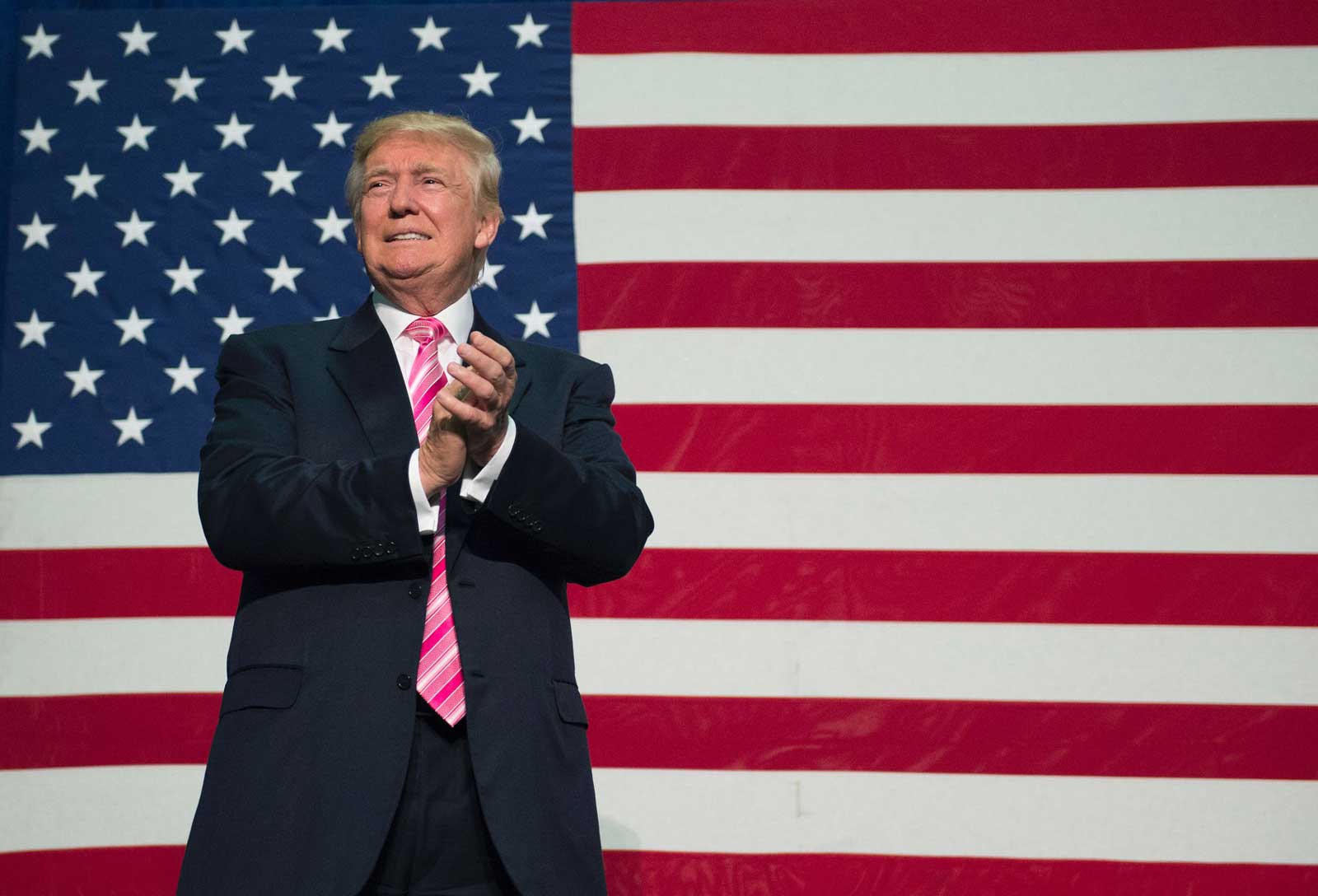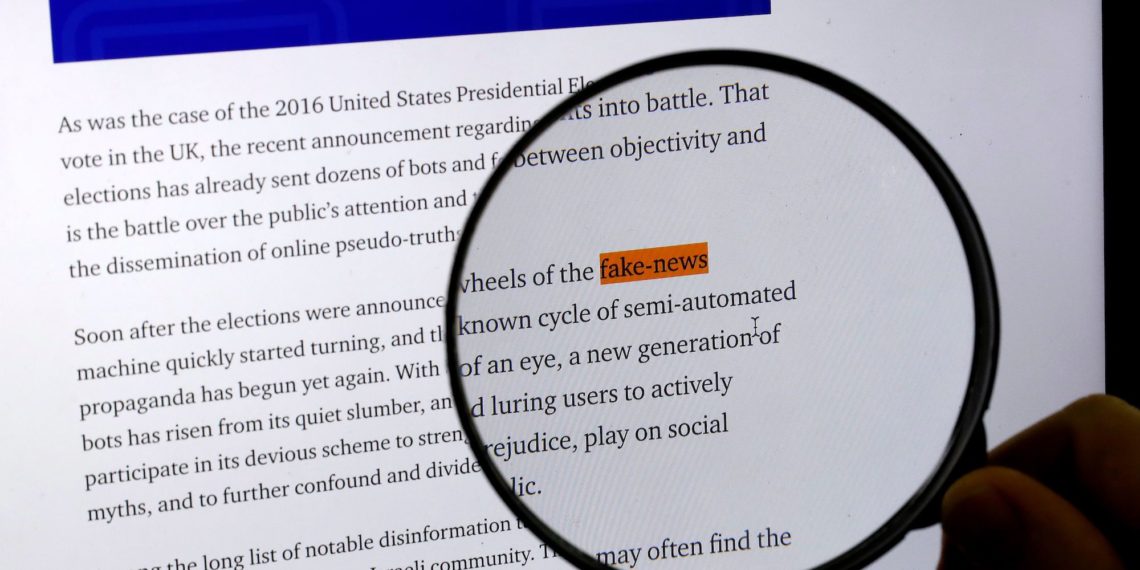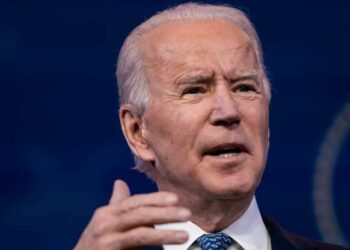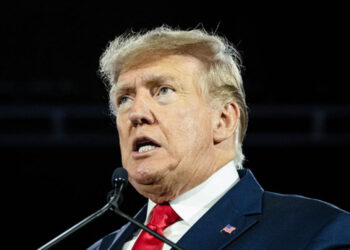Fake news is interwoven into our everyday lives, and bogus reporting can be found on Facebook, Twitter, and Instagram. There are even entire websites, like Alex Jones’ InfoWars, that make a living spinning conspiracy theories. However, the affliction with false accounts of reality didn’t begin with Donald Trump.
No example clarifies this point better than the 2002 report that the CIA disseminated regarding the weapons of mass destruction ostensibly hidden somewhere in the Iraqi desert. The 93-page report confirmed what the White House already believed to be true: Saddam Hussein had deployable chemical and biological weapons in his possession, and thus, represented a threat to humanity. The report opened with the following ominous lines:
“Iraq has continued its weapons of mass destruction (WMD) programs in defiance of UN resolutions and restrictions. Baghdad has chemical and biological weapons as well as missiles with ranges in excess of UN restrictions; if left unchecked, it probably will have a nuclear weapon during this decade.”
Citing the report as evidence of an imminent threat, George W. Bush and his administration invaded Iraq in 2003. In building a case for the invasion, Vice President Dick Cheney said, “Simply stated, there is no doubt that Saddam Hussein now has weapons of mass destruction.” Subsequently, in a speech to the U.N. General Assembly, President Bush claimed, “Right now, Iraq is expanding and improving facilities that were used for the production of biological weapons.”
The war in Iraq was preceded by military intervention in Afghanistan, an ongoing conflict that ranks as the longest-standing war in U.S. history.
As we now know, American intelligence never found weapons of mass destruction in Iraq, but across 17 years and three administrations, the War on Terror has fundamentally changed the world. Through 2016, the total economic cost of U.S. wars in Iraq, Syria, Afghanistan, and Pakistan had reached $3.6 trillion. The U.S. has spent an additional trillion on homeland security.
Still, the cost of the War on Terror extends well beyond the financial realm. Since 9/11, the U.S. has led a cultural shift around the globe that encourages governments to prioritize security at the cost of personal liberties and freedoms. The rebirth of yellow journalism – or fake news – has played a fundamental role in this process.
Fake News and Internet
With the spread of digital technology, the breadth of fake news has expanded a great deal. And yet, what is most worrying about fake news isn’t found in the content, but rather, the extended half-life that bogus reports take on.
Recently, for example, the former superintendent of my K-12 school recirculated a 2017 article about the death of a border patrol agent. According to the article’s author, the agent was killed by “rock throwers.” Citing the agent’s death, President Trump tweeted,
“Border Patrol Officer killed at Southern Border, another badly hurt. We will seek out and bring to justice those responsible. We will, and must, build the Wall!”
Senator Ted Cruz also found opportunity in the incidence, publicly stating that the “unsecure border” poses a threat to the nation’s safety as well as the border patrol agents charged with protecting the country.
Something about the article hit me as off, so I ran a few Google searches for more recent accounts of the issue. Within minutes, I came across reports from the FBI and Border Patrol that confirmed my suspicion: the agent died from self-inflicted injuries he sustained after he fell off the side of a culvert. According to the Border Patrol, the agent wasn’t killed by “rock throwers” at all. Rather, in the dark of night, he ran off the side of an embankment and fell to his death.
Announcing a reward of up to $20,000 for information leading to arrest of those responsible for death of Border Patrol agent. https://t.co/CnsMU9zB1U
— Gov. Greg Abbott (@GovAbbott) November 20, 2017
Despite this, President Trump and his supporters, including my former superintendent, continue to cite such stories as evidence of a southern invasion. And of course, the circulation of these stories has a purpose: to impose fear.
Just as Bush cited weapons of mass destruction in justifying the Iraq War, Trump cites fictional accounts of immigrant invasions to justify the unnecessary militarization of our borders as well as the expansion of Immigration Control and Enforcement or ICE.
Fear and Ambiguity
As social psychologists have long known, fear increases in situations of ambiguity. This, combined with the fact that fake news clouds our reality, makes the recent proliferation of yellow journalism a frightening trend, especially when you consider that fear and ambiguity play into the hands of authoritarian leaders.
So, how can we overcome the spread of fake news?
According to available research, we need to encourage people to embrace their fears because while fearmongering politicians might be the vehicles of fake news, the effectiveness of these accounts is rooted in the fears that lie within the hearts and minds of everyday citizens.

Embracing fears means bringing people together. To do this, educators and policymakers need to create opportunities to forge genuine bonds between polarized groups. In other words, we need to bridge communities that don’t typically come together: for example, rural Americans with urban Americans, undocumented migrants with U.S.-born citizens, and people from the Middle East with residents of the Midwest.
Although this would initially create heightened anxiety, the exposure would eventually reduce the fear of others within our nation, and this, more than anything, would contribute to reductions in the proliferation of fake news.
Disclaimer: The views and opinions expressed here are those of the author and do not necessarily reflect the editorial position of The Globe Post.





















